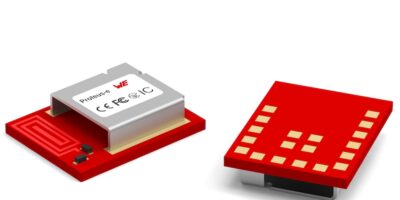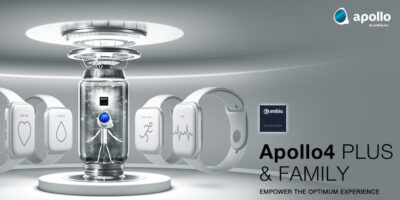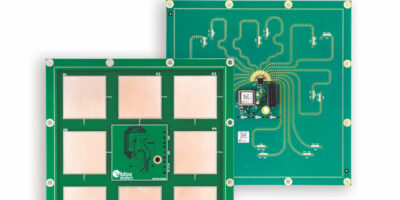According to Moxa, the EDS-4000/G4000 series of industrial Ethernet switches help to futureproof industrial automation. The EDS-4000/G4000 series includes 68 models designed to help developers strengthen operational resilience in industrial spaces such as power, transportation, maritime, and factory automation.
“Recently, we have observed that our customers find it more challenging to connect their devices while fulfilling a variety of requirements for critical infrastructure,” said Gary Chang, product manager at Moxa Networking. “Critical infrastructure requires advanced networking solutions that strengthen operational resilience and futureproof networks,” he continued, adding that the EDS-4000/G4000 portfolio of switches provides networking capabilities for “secure, reliable, and high-bandwidth industrial networks”.
Operational technology (OT) and IT convergence is accelerating, putting network security, high performance, strong reliability, and advanced usability into sharp focus in the construction of industrial networks that strengthen operational resilience.
Switches in the EDS-4000/G4000 series are claimed to be the world’s first IEC 62443-4-2-certified Ethernet switches. Integral hardened security was developed by following the stringent software development lifecycle described in the standard, said Moxa.
The number of connected devices in industrial operations is growing exponentially, therefore the EDS-4000/G4000 series provides multiple interface combinations with up to 14 ports and a range of options including fast Ethernet, Gigabit, 2.5GbE uplinks, SFP (small form factor pluggable) interface and IEEE 802.3bt PoE connectivity. This enables customers to connect more devices especially in applications such as intelligent transportation systems that require high power and high bandwidth networking.
The EDS-4000/G4000 Series is certified for NEMA TS2, EN 50121-4, IEC 61850-3/IEEE 16132, DNV2, ATEX Zone 23, Class I Division 23. The switches also feature Turbo Ring and Turbo Chain fast network recovery to ensure smooth operation.
Moxa has included an improved web GUI (graphical user interface) for a more intuitive way for users to perform configurations and network management. The rotatable power module offers flexibility to field engineers when they are installing devices and maintaining the network. LED indicators on two sides of the device help engineers easily identify the status of networking devices.







